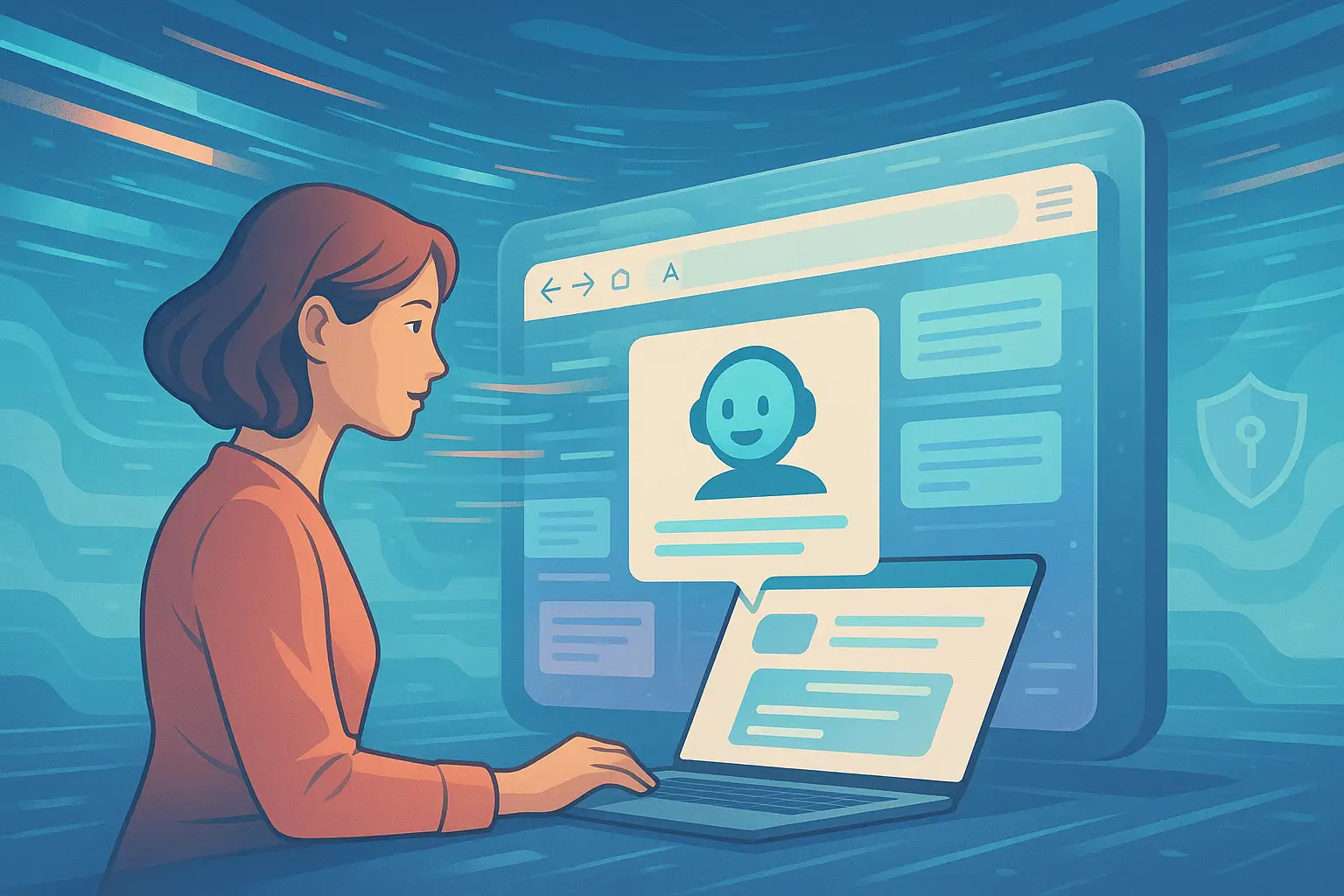
Free OpenAI API Credits: Get & Use Guide
Table of Contents
- Introduction
- What Is OpenAI's Free API Credits Program?
- How Tokens Work in OpenAI's API
- How to Participate in OpenAI's Free Token Program
- Key Benefits of the Free Token Program
- Considerations Before Opting In
- How to Track & Maximize Your Free API Token Usage
- Future of OpenAI's Free Token Program
- Frequently Asked Questions (FAQs)
- Final Thoughts
Introduction
Artificial intelligence is reshaping industries at a rapid pace, and OpenAI has been at the forefront of this revolution. However, using these advanced AI models comes at a cost—especially for organizations relying heavily on API calls. To make AI more accessible, OpenAI has launched a free token program, allowing organizations to receive up to 11 million free tokens per day for sharing their prompts and completions.
This guide dives deep into OpenAI's free API credit program, explaining:
- How the program works
- Who can participate
- How tokens are allocated across different models
- Key benefits and potential concerns
- How to track your token usage
Generate Veo 3 JSON, Fast
Create structured, optimized JSON for Veo 3 in minutes. Clear fields. Correct syntax. Consistent results.
Open Veo 3 JSON GeneratorWhat Is OpenAI's Free API Credits Program?
In December 2024, OpenAI introduced an initiative where organizations can receive free API tokens simply by opting to share their prompts (inputs) and completions (outputs) with OpenAI. Initially planned to run until February 28, 2025, the program has now been extended until April 30, 2025 (source).
This means businesses and research organizations can access OpenAI's powerful models at a significantly lower cost, provided they opt-in and contribute to model improvements.
How Tokens Work in OpenAI's API
Tokens are the fundamental unit of AI processing, representing segments of text. OpenAI's models, such as GPT-4o, GPT-4o mini, and o1 mini, process text by breaking it into tokens.
A few key points on tokens:
- One token is roughly 4 characters or about 0.75 words in English (source).
- A long sentence contains multiple tokens—for example, "You miss 100% of the shots you don't take" consists of 11 tokens.
- Pricing and usage limits are based on the total number of tokens used in prompts (input) and completions (output).
Free Token Allocation
As part of the program, OpenAI offers different token limits for different AI models.
| Model Group | Free Daily Tokens | Notes |
|---|---|---|
| GPT-4o, o1, o1 Preview | Up to 1 million | High-end multimodal models |
| GPT-4o mini, o1 mini, o3 mini | Up to 10 million | Optimized for cost efficiency |
This 11 million token cap allows organizations to use OpenAI's services at zero cost—a substantial advantage for AI-driven businesses.
How to Participate in OpenAI's Free Token Program
Participating in the free token program is relatively straightforward:
-
Organization Sign-Up
Ensure you have an OpenAI organization account that supports API usage. -
Opt-In via Organization Settings
The organization owner can enable data-sharing via the Organization Settings page in the OpenAI account dashboard. -
Use the API Normally
Once opted in, your API calls will consume free tokens first, up to the daily limit, before incurring charges. -
Track Your Usage
OpenAI provides a dashboard for monitoring API consumption, ensuring you don't exceed your free allocation.
Where to find it?
OpenAI's usage dashboard (source) allows you to check token consumption in real time.
Key Benefits of the Free Token Program
1. Significant Cost Reductions
Businesses using OpenAI APIs can save thousands of dollars monthly by leveraging free credits.
2. Access to Advanced AI Models
Without the free token program, using powerful models like GPT-4o could be prohibitively expensive for many startups and researchers.
3. AI Model Improvement
By sharing prompts and completions, participants contribute to better AI models, enhancing future generative AI capabilities.
4. Scalability for AI-Heavy Operations
Businesses relying on AI for chatbot interactions, content generation, or customer support can scale operations without immediate cost concerns.
Considerations Before Opting In
1. Data Privacy Concerns
Organizations must consider whether they are comfortable sharing their API inputs and outputs with OpenAI.
Important: OpenAI assures users that API data is not used for training unless they explicitly opt into this program (source).
2. Overages Can Still Cost You
Once you exhaust the free 11 million tokens daily cap, additional usage will be billed at standard API pricing rates (pricing info).
3. Not for Individual Developers
This program is primarily designed for organizations, so individual developers may not qualify.
How to Track & Maximize Your Free API Token Usage
Tracking Token Consumption
Use OpenAI's usage dashboard to see:
- How many tokens you've used
- How many free tokens remain
- The estimated cost if you go over the free limit
Find this at: Usage Tracking
Best Practices for Maximizing Free Credits
- Optimize Prompts: Avoid redundant phrasing and reduce token consumption by making queries more concise.
- Use Mini Models: If high-end AI capabilities aren't necessary, models like GPT-4o mini use fewer tokens.
- Monitor Daily Limits: Set up alerts to prevent unnecessary billed usage.
Future of OpenAI's Free Token Program
While the program is currently set to run until April 30, 2025, OpenAI has yet to confirm its extension or end date past this period.
Some speculate that the program might evolve into:
- A long-term initiative to encourage API adoption
- A tiered pricing model where certain organizations continue receiving discounted rates
Final Thoughts
OpenAI's free API credit program is a golden opportunity for businesses and research institutions, offering significant cost savings while contributing to AI model refinement.
If your organization relies on GPT-powered AI, now is the perfect time to opt in and maximize free credits before the program ends in April 2025.
For more details, check OpenAI's latest updates:
👉 API Free Token Announcement
Frequently Asked Questions
Share this article
Related Articles

ChatGPT Go Free in India: Unlock AI Power 2025!
Explore how OpenAI's ChatGPT Go free offer in India is set to transform AI accessibility, from enhanced features to market impact and strategic benefits.

Atlas vs Comet: AI Browser Battle 2025
Dive deep into the world of AI-native browsers with ChatGPT Atlas and Perplexity Comet. Explore their unique features, philosophies, and the battle that is reshaping how we interact with the web.

ChatGPT Atlas: AI Browser Revolution
Explore how ChatGPT Atlas, OpenAI's groundbreaking AI-powered browser, transforms web browsing with contextual intelligence, personalized automation, and robust privacy controls.
